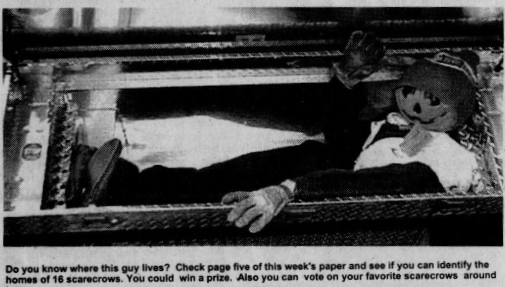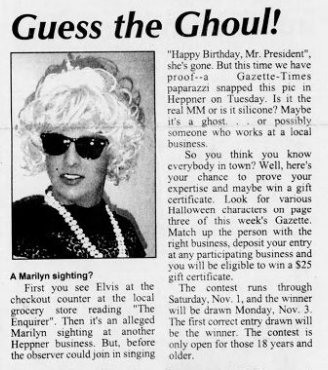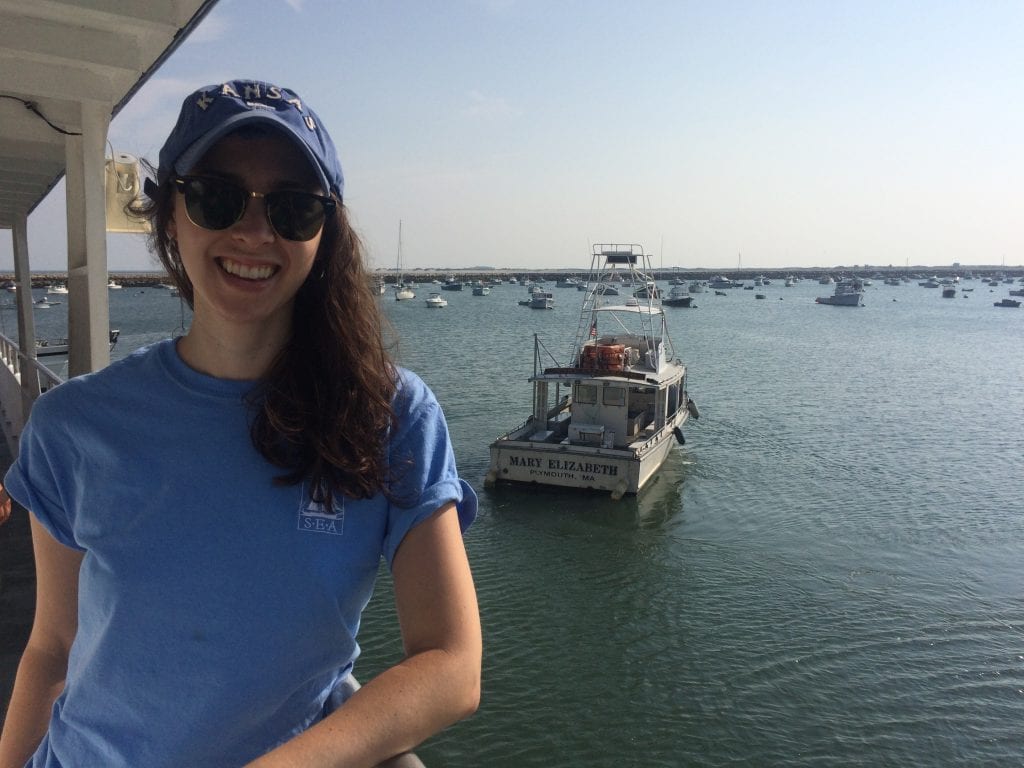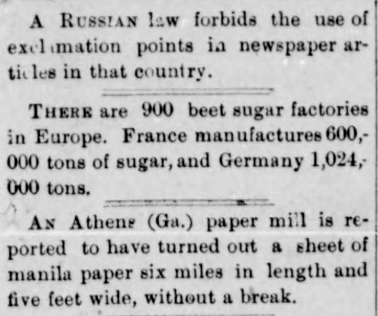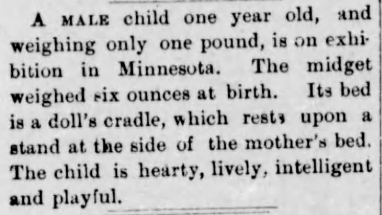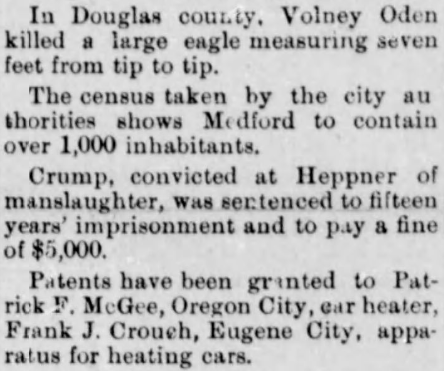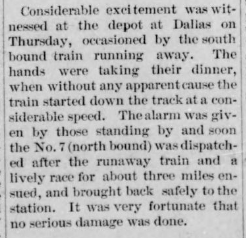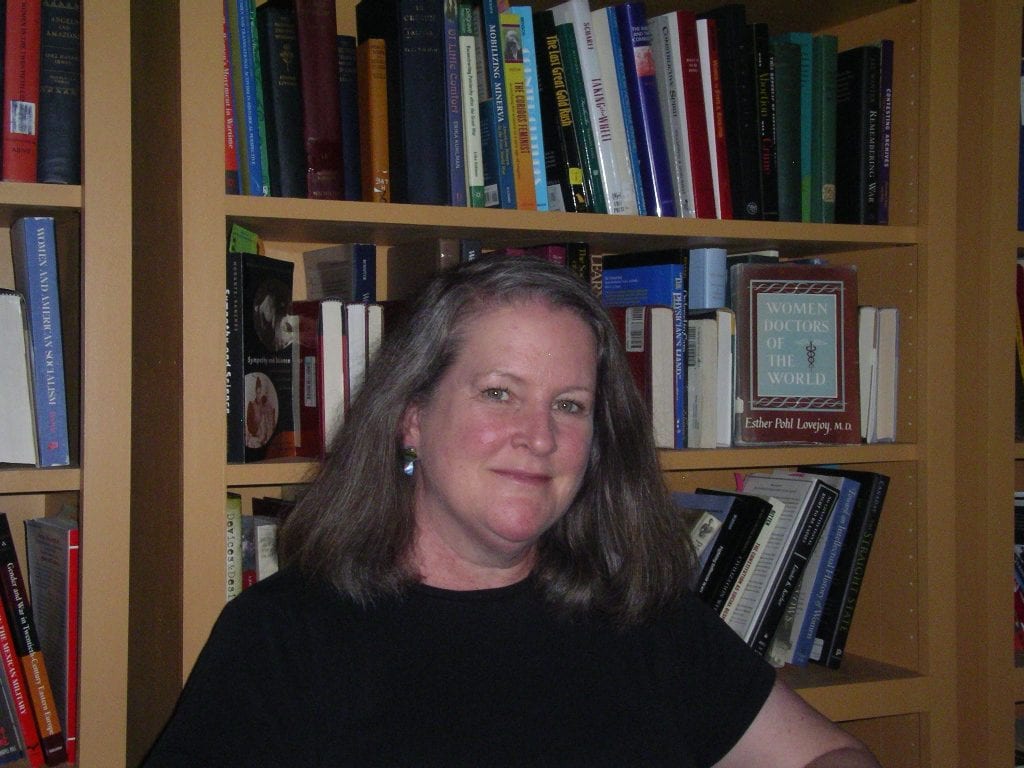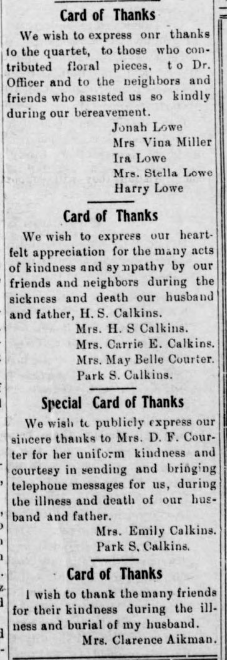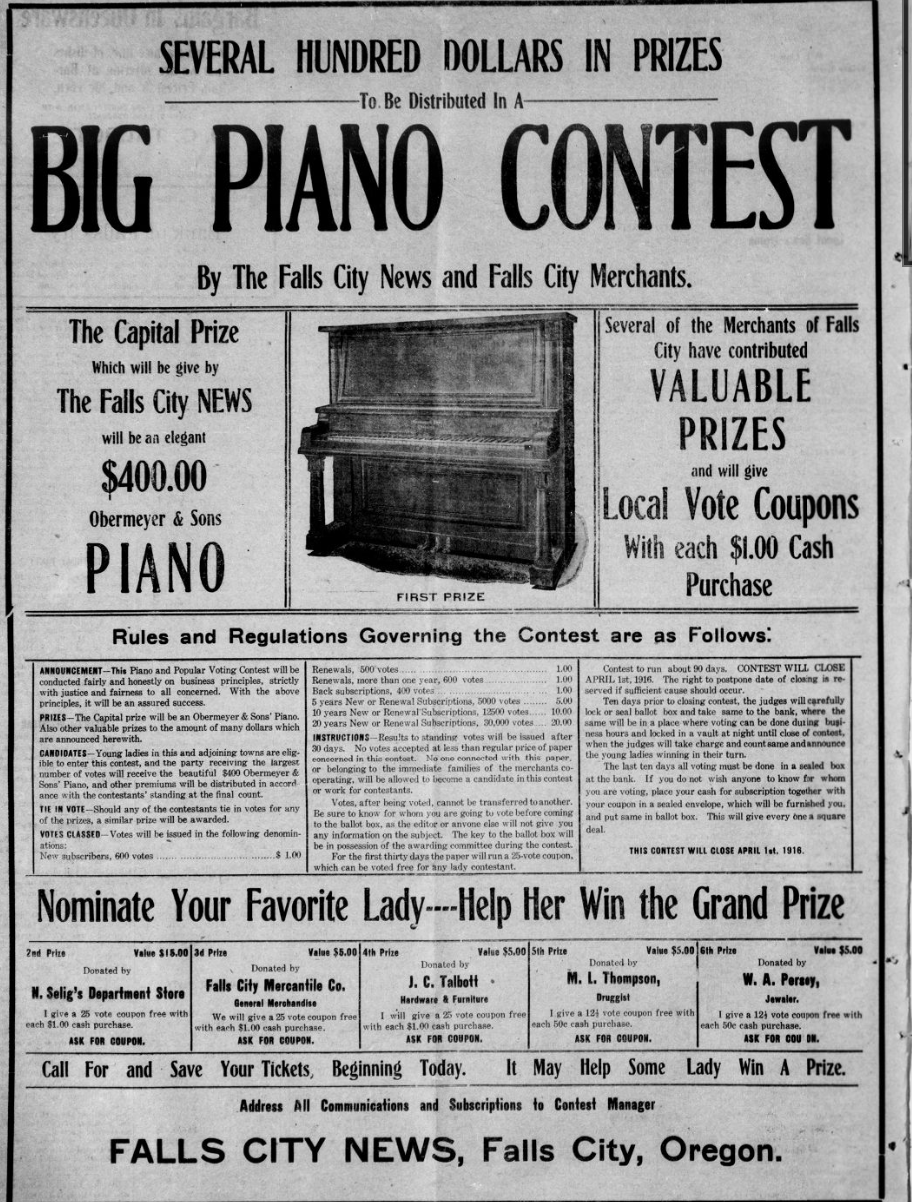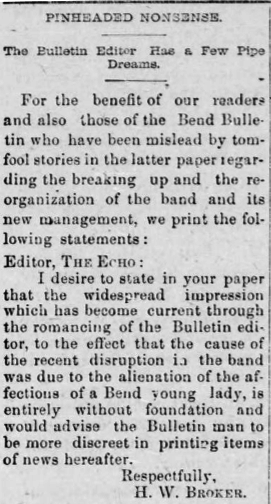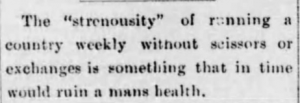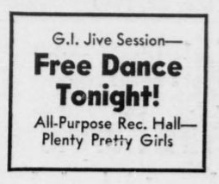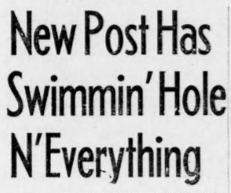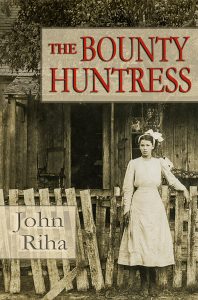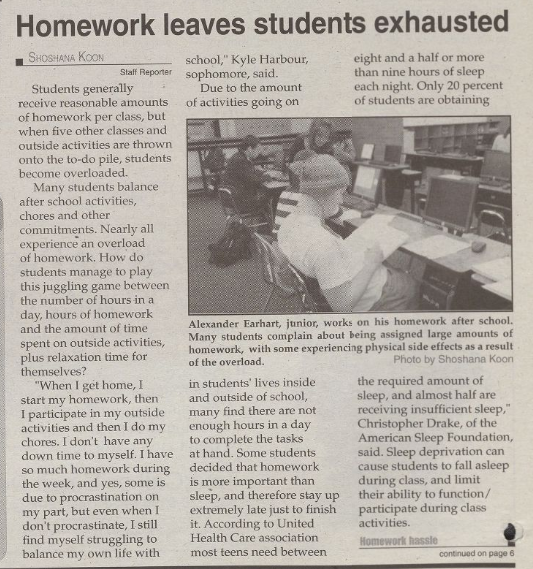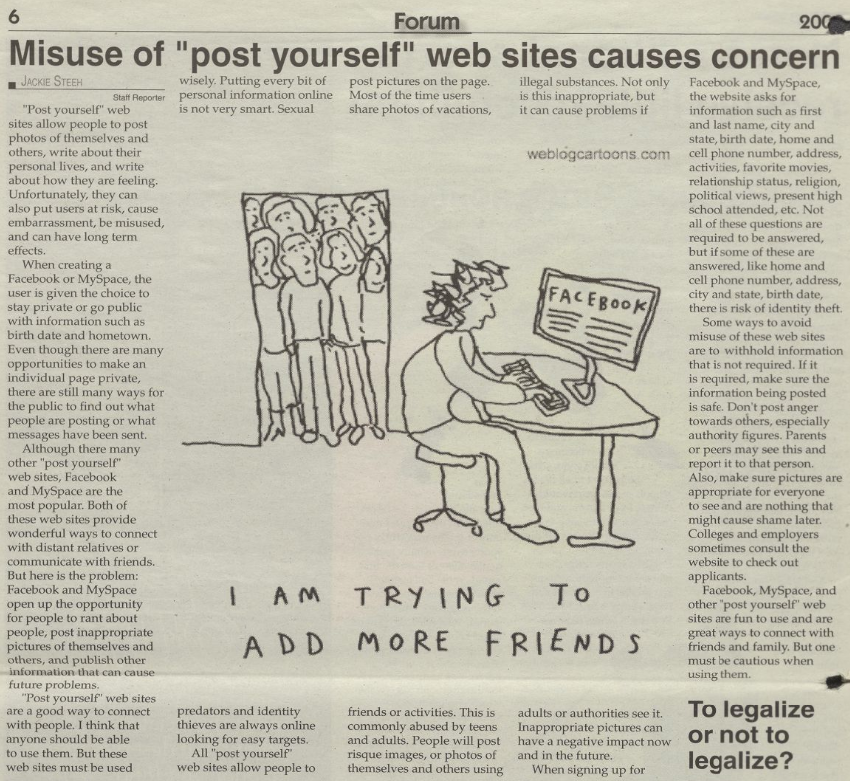King Con: The Bizarre Adventures of the Jazz Age’s Greatest Impostor will be released on August 7th! Read more about the Oregon connections author Paul Willetts discovered while researching below:
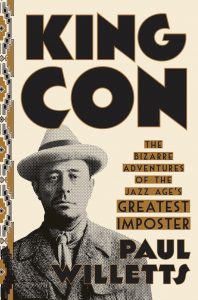

Copyright Doralba Picerno.
Can you tell us a little about your publication and yourself?
I’m a U.K.-based writer of nonfiction, most of which has focused on true stories set against a twentieth-century London backdrop. Probably the best-known of these in my home country was a book called Members Only, which has adapted into The Look of Love, a lavish and quite stylish movie starring Steve Coogan.
My books are often described as “novelistic.” Without embellishing the verifiable facts of a story, I try to shape my research into a dramatic narrative that conveys a strong sense of place, character, and period. I suppose I’m instinctively drawn to tragi-comic stories, to stories that give us an insight into the wider society in which they took place. That’s certainly true of my latest book, King Con: The Bizarre Adventures of the Jazz Age’s Greatest Impostor—which is the first of my books to be published in the U.S.A. Spanning the period between 1917 and 1929, it’s about Edgar Laplante, a handsome and extraordinarily charismatic Rhode Island-born vaudeville singer and con-man, who was a bit like a cross between Jay Gatsby and Tom Ripley (with a dash of David Bowie’s blurred sexuality and shapeshifting theatricality).
In search of attention and acclaim, Laplante reinvents himself as Chief White Elk, leader of the Cherokee nation. He ends up traveling to Europe to meet the British king. While he’s there, he captivates a pair of fabulously rich Austrian countesses who bankroll his “royal tour” of fascist Italy, where he becomes a darling of Mussolini’s regime, routinely greeted by thousands of adoring fans.
But this isn’t a straightforward con-trick story. Over just a few months, Laplante gives away his ill-gotten-gains—equivalent to as much as $58 million in 2018 currency!
What interested you in this topic?
Absolutely everything—the period; the intriguing and very strange personality of the man at the center of it; the various settings, which range from First World War-era America to 1920s Paris and the French Riviera. Immediately I came across the Edgar Laplante saga, I knew I had the ingredients of a book that’d generate a good advance from a U.S. publisher and that would, more to the point, be fun to research and write. Edgar Laplante’s often absurd antics certainly kept me entertained.
At that time I was keen to find a specifically American story and use that as a means to switch to a U.S. publisher, partly because your country has a stronger tradition of novelistic nonfiction, and partly because I love American books. Not just the contents, but the way they’re designed and produced. To me, they always feel far superior to their British counterparts.
One of the lovely things about writing nonfiction is that you learn so much when you’re working on it. As with my previous books, I’ve gone to great lengths to comprehend the world within which my protagonist pulled his various cons. Understanding the nature of communications between cities at that time was key to understanding how an impostor like him could keep conning people and then just moving on to another city.
What resources did you use for your research?
I drew on a vast amount of material that generated about half-a-million words of notes. The central thread of the story relied upon old files from Scotland Yard and the Bureau of Investigation (the precursor of the F.B.I.); letters held at Washington State University; a smattering of obscure memoirs; along with a staggering number of newspaper and magazine stories published in America, Canada, Belgium, France, Italy, Switzerland, and the U.K. I was pleasantly surprised at how these enabled me to put together such a detailed portrait of the life of someone so transient.
For my depiction of the countless places through which Laplante moved, I used vintage travel guides, newspapers, photo archives, architectural floorplans, and the work of recent historians. I have, of course, done my best to synthesize this into a book that aspires to be as readable and entertaining as possible. Whether I’ve succeeded, though, isn’t for me to say…
What did you use in Historic Oregon Newspapers online? How did you use the site and which titles were useful to you?
I mainly used your digital newspaper collection, which features eight stories about Laplante, a.k.a. Chief White Elk. These appeared in publications such as The Morning Oregonian between 1918 and 1920 when he made two forays into Oregon with his first wife—a genuine Native American, who is herself a fascinating character. Born Burtha Thompson, she was a bright and beautiful proto-feminist who styled herself Princess Ah-Tra-Au-Saun. That’s a name familiar to people who are interested in the pioneers of American photography, because she repeatedly modelled for the great portraitist, Emma Belle Freeman. But I digress…
Getting back to your original questions, your digital archive renders the research process much, much easier than it used to be. Paradoxically, this sort of digital technology makes it possible for writers like me to evoke the pre-digital world. For instance, I routinely use word-searches in order to obtain information about such things as weather, specific streets, and sartorial fashions. The only trouble is, such textural detail tend to lead misguided readers to assume I’m fictionalising the past.
Where can we purchase/access your book?
It’ll be available through Barnes & Noble and independent bookshops, as well as websites such as Amazon and Indiebound.
What’s your next project? I’ve just put together a proposal for a new book, though I haven’t yet shown it to either my U.S. or British agents. It’s for what could be described as a nonfiction thriller—a label that is, I know, frequently applied to books that are less than thrilling. Well, I hope this’ll buck the trend. Like King Con, it focuses on a bizarre and dramatic story that hasn’t, astonishingly, generated masses of previous books.
For more information about Paul and his work, visit www.paulwilletts.com.
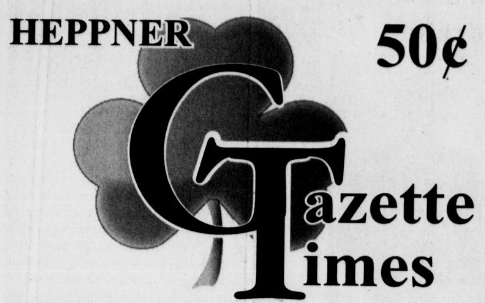 Thanks to the generosity of the Morrow County Heritage and Agricultural Museums, our website has new content for the Heppner Gazette-Times! Issues from 1987 to 2014 were recently added to our preexisting online collection of issues for this title. Since this addition coincides with the Halloween season, check out how the local community of the Heppner area has celebrated Halloween over the years.
Thanks to the generosity of the Morrow County Heritage and Agricultural Museums, our website has new content for the Heppner Gazette-Times! Issues from 1987 to 2014 were recently added to our preexisting online collection of issues for this title. Since this addition coincides with the Halloween season, check out how the local community of the Heppner area has celebrated Halloween over the years.